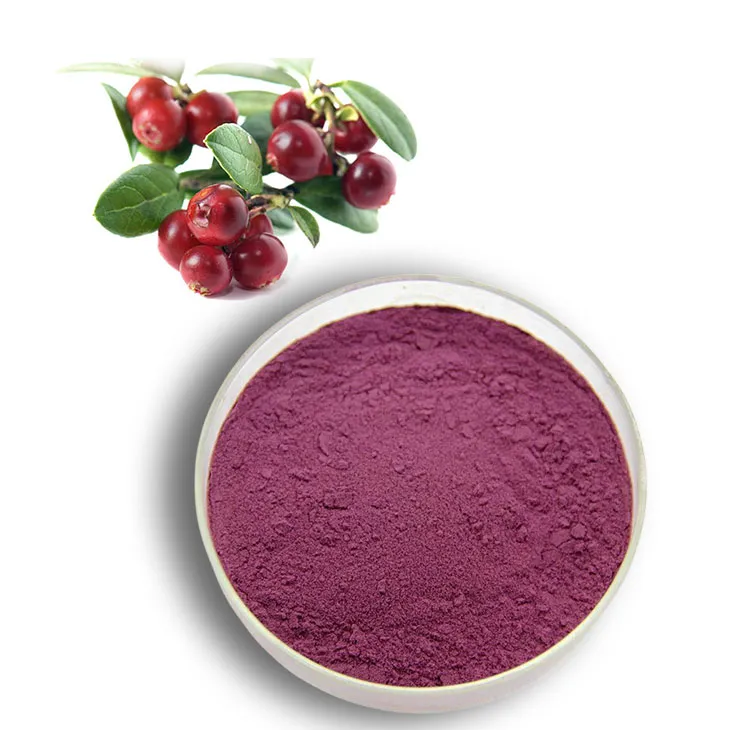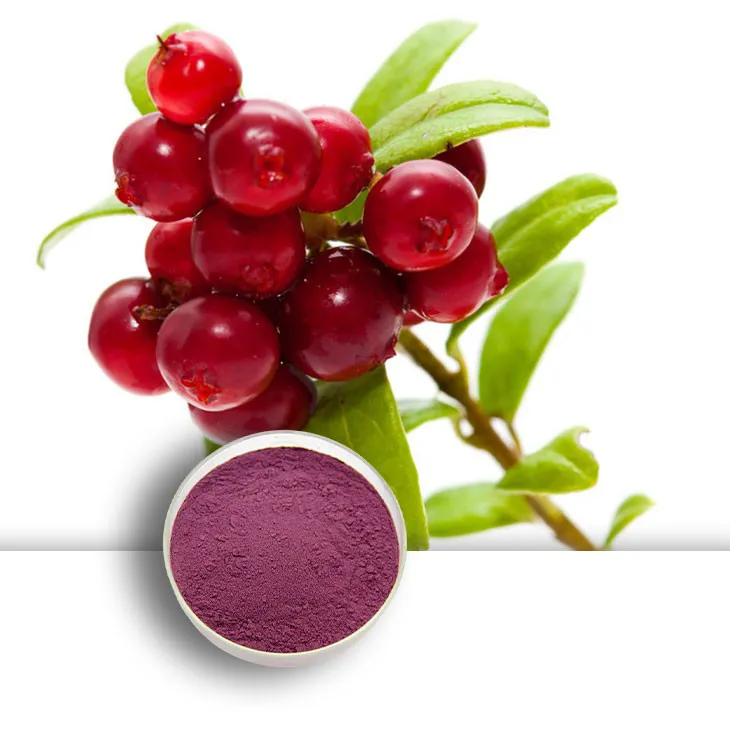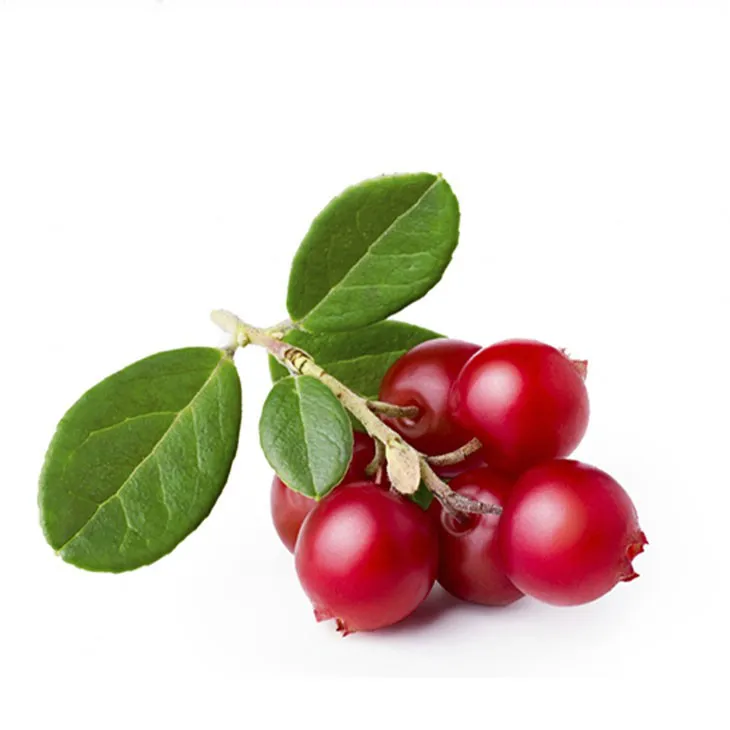- 0086-571-85302990
- sales@greenskybio.com
The process of extracting bilberry anthocyanins from bilberry extract.
2024-11-29

1. Introduction to European Bilberry
European bilberry (Vaccinium myrtillus) is a small, dark - blue berry native to Europe. It has been widely recognized for its rich nutritional content and numerous health - promoting properties. Anthocyanins, which are the main bioactive compounds in bilberries, are responsible for the berries' characteristic deep - blue color. These pigments belong to the flavonoid family and are known for their strong antioxidant capacity.
Anthocyanins in bilberries have been associated with various health benefits. They can help protect the eyes from oxidative stress, improve vision, and may even play a role in preventing age - related macular degeneration. Additionally, they have anti - inflammatory properties and are believed to contribute to cardiovascular health by reducing blood pressure and improving blood lipid profiles.

2. Traditional Extraction Methods
2.1 Solvent Extraction
Solvent extraction is one of the most common traditional methods for extracting bilberry anthocyanins. The general process involves the following steps:
- Sample preparation: The Bilberry Extract is first prepared. This may involve grinding the dried bilberries into a fine powder to increase the surface area available for extraction.
- Solvent selection: A suitable solvent, such as ethanol or methanol, is chosen. These solvents are effective in dissolving anthocyanins due to their polar nature. The choice of solvent may also depend on factors such as safety, cost, and the desired purity of the final product.
- Extraction: The bilberry powder is mixed with the solvent in a suitable container. This mixture is then stirred or shaken for a specific period, usually several hours to ensure maximum extraction of anthocyanins. The temperature may also be controlled during this process, as higher temperatures can sometimes increase the extraction efficiency but may also lead to degradation of the anthocyanins.
- Filtration: After the extraction, the mixture is filtered to separate the liquid extract containing the anthocyanins from the solid residue. This can be done using filter paper or a filtration apparatus.
However, solvent extraction has some limitations. One major drawback is the potential toxicity of the solvents used, especially if not completely removed from the final product. Moreover, the extraction efficiency may not be as high as some modern methods, and it may require relatively large amounts of solvent.
To improve solvent extraction, some techniques can be employed. For example, optimizing the solvent - to - sample ratio can enhance the extraction yield. Additionally, repeating the extraction process on the same sample (multiple extractions) can help to extract more anthocyanins. Another approach is to use a combination of solvents to improve the selectivity and efficiency of the extraction.

3. Modern Extraction Methods
3.1 Ultrasonic - Assisted Extraction
Ultrasonic - assisted extraction is an emerging technique that has shown great potential in the extraction of bilberry anthocyanins. This method utilizes ultrasonic waves to enhance the extraction process.
The principle behind ultrasonic - assisted extraction is based on the cavitation effect. When ultrasonic waves are applied to the extraction system, they create microscopic bubbles in the solvent. These bubbles grow and then collapse violently, generating high - pressure and high - temperature zones. This cavitation process helps to disrupt the cell walls of the bilberry tissue, facilitating the release of anthocyanins into the solvent.
The process of ultrasonic - assisted extraction typically involves:
- Preparation of the bilberry sample, similar to solvent extraction, by grinding the dried bilberries.
- Adding the appropriate solvent to the sample in an ultrasonic bath or a vessel equipped with an ultrasonic probe.
- Applying ultrasonic waves at a specific frequency and power for a set period. The optimal parameters, such as frequency and extraction time, need to be determined experimentally. For example, a frequency in the range of 20 - 50 kHz and an extraction time of 15 - 60 minutes may be suitable for bilberry anthocyanin extraction.
- After the ultrasonic treatment, the mixture is filtered to obtain the anthocyanin - rich extract.
Compared to traditional solvent extraction, ultrasonic - assisted extraction has several advantages. It can significantly reduce the extraction time, as the cavitation effect accelerates the release of anthocyanins. It also has the potential to increase the extraction yield, as more anthocyanins can be extracted from the bilberry tissue. Moreover, it may require less solvent, which is beneficial from both an economic and an environmental perspective.

4. Post - Extraction Processes
4.1 Concentration
Once the bilberry anthocyanins have been extracted, the next step is often concentration. The goal of concentration is to increase the concentration of anthocyanins in the extract. This can be achieved through various methods, such as evaporation.
Evaporation can be carried out under reduced pressure or at normal pressure. Reduced - pressure evaporation is often preferred as it allows for lower - temperature evaporation, which helps to preserve the stability of the anthocyanins. In this process, the solvent in the extract is gradually removed, leaving behind a more concentrated anthocyanin solution.
4.2 Drying
After concentration, drying is another important post - extraction process. Drying is used to convert the concentrated anthocyanin solution into a solid form, which is more stable and easier to store and transport.
There are different drying methods available, including freeze - drying, spray - drying, and oven - drying. Freeze - drying is considered one of the best methods for preserving the quality of anthocyanins. In freeze - drying, the concentrated solution is first frozen, and then the water is removed by sublimation under vacuum. This process helps to maintain the structure and activity of the anthocyanins. However, freeze - drying is relatively expensive. Spray - drying is a more cost - effective method, in which the concentrated solution is sprayed into a hot air stream, where the solvent is quickly evaporated, leaving behind a powder form of the anthocyanins. Oven - drying is the simplest and most cost - efficient method, but it may cause some degradation of the anthocyanins due to the relatively high temperatures involved.
5. Conclusion
The extraction of bilberry anthocyanins from European Bilberry Extract is a multi - step process that has evolved over time. Traditional methods such as solvent extraction have been widely used, but modern techniques like ultrasonic - assisted extraction are emerging as more efficient and environmentally friendly alternatives. Post - extraction processes, including concentration and drying, are also crucial for obtaining high - quality bilberry anthocyanin products. Future research may focus on further optimizing these extraction and post - extraction processes to improve the yield, quality, and cost - effectiveness of bilberry anthocyanin production.
FAQ:
What are the unique characteristics of European bilberry?
European bilberry has several unique characteristics. It is a small, dark - blue berry. It typically grows in certain regions of Europe. The berries are rich in various nutrients and phytochemicals. One of the most important components is anthocyanins, which are responsible for many of its beneficial properties such as antioxidant activity.
What are the advantages of anthocyanins in European bilberry?
Anthocyanins in European bilberry have multiple advantages. They are strong antioxidants, which can help neutralize free radicals in the body. This antioxidant property may contribute to reducing oxidative stress and potentially preventing various diseases. They may also have anti - inflammatory effects, improve vision health, and play a role in maintaining cardiovascular health.
What are the steps in solvent extraction of bilberry anthocyanins?
The solvent extraction of bilberry anthocyanins generally involves several steps. First, a suitable solvent such as ethanol or methanol is selected. Then, the Bilberry Extract is mixed with the solvent in an appropriate ratio. This mixture is usually stirred or shaken for a certain period to ensure sufficient contact between the extract and the solvent. After that, the mixture is filtered to separate the liquid containing anthocyanins from the solid residue. Finally, the solvent may be evaporated to obtain a more concentrated form of anthocyanins.
How does ultrasonic - assisted extraction improve the extraction of bilberry anthocyanins?
Ultrasonic - assisted extraction improves the extraction of bilberry anthocyanins in several ways. The ultrasonic waves create cavitation bubbles in the solvent - extract mixture. When these bubbles collapse, they generate intense local forces and high - temperature regions. These effects can break down the cell walls of the bilberry more effectively, allowing the anthocyanins to be released more easily into the solvent. This results in a higher extraction yield compared to traditional extraction methods. Also, it can potentially reduce the extraction time and the amount of solvent required.
What are the important aspects of post - extraction processes for bilberry anthocyanins?
For the post - extraction processes of bilberry anthocyanins, concentration and drying are important aspects. Concentration helps to increase the amount of anthocyanins in the final product. This can be achieved through methods like vacuum evaporation to remove excess solvent. Drying is necessary to obtain a stable, dry product. It can be done using techniques such as freeze - drying or spray - drying. These processes help to preserve the quality and stability of the bilberry anthocyanins product, making it suitable for various applications such as in dietary supplements or the food industry.
Related literature
- Title: Extraction and Characterization of Anthocyanins from Bilberry: A Review"
- Title: "Advanced Techniques for Bilberry Anthocyanin Extraction and Their Applications"
- Title: "Optimization of Bilberry Anthocyanin Extraction: A Comprehensive Study"
- ▶ Hesperidin
- ▶ citrus bioflavonoids
- ▶ plant extract
- ▶ lycopene
- ▶ Diosmin
- ▶ Grape seed extract
- ▶ Sea buckthorn Juice Powder
- ▶ Beetroot powder
- ▶ Hops Extract
- ▶ Artichoke Extract
- ▶ Reishi mushroom extract
- ▶ Astaxanthin
- ▶ Green Tea Extract
- ▶ Curcumin Extract
- ▶ Horse Chestnut Extract
- ▶ Other Problems
- ▶ Boswellia Serrata Extract
- ▶ Resveratrol Extract
- ▶ Marigold Extract
- ▶ Grape Leaf Extract
- ▶ blog3
- ▶ blog4
-
Certified organic kidney bean extract.
2024-11-29
-
Phyllanthus Emblica Extract
2024-11-29
-
White Willow Bark Extract
2024-11-29
-
Acai Berry Extract
2024-11-29
-
Milk Thistle Extract
2024-11-29
-
Eyebright Extract
2024-11-29
-
Giant Knotweed Extract
2024-11-29
-
Uridine-5'-monophosphate Disodium salt
2024-11-29
-
Curcuma Longa Extract
2024-11-29
-
Chaste Berry Extract
2024-11-29
-
Hericium erinaceus extract powder
2024-11-29





















